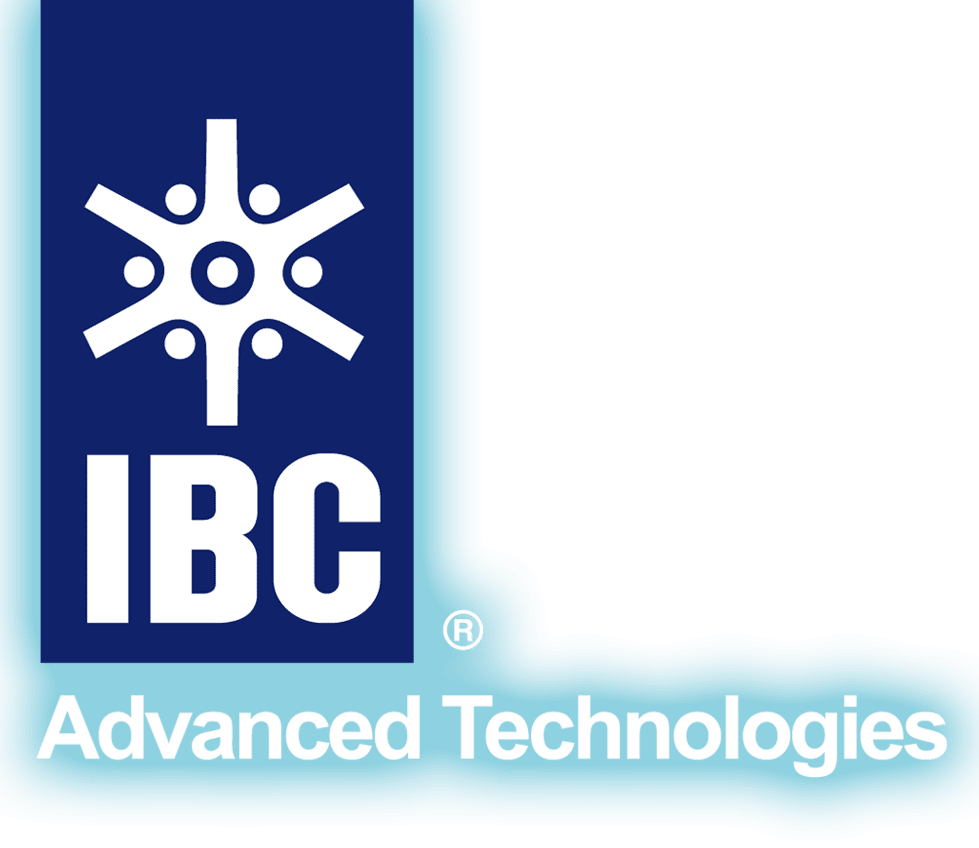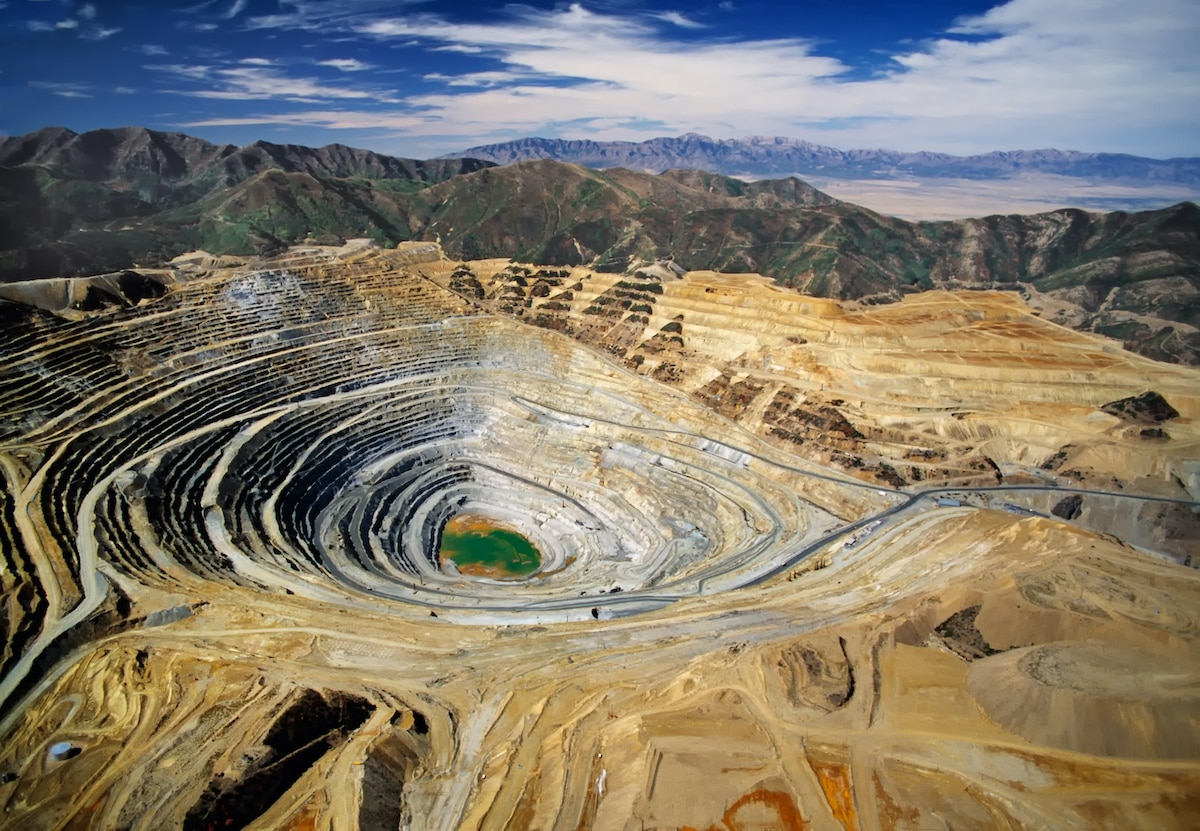Technology and base metals cover a wide range of the periodic table of the elements. SuperLig® MRT™ products are available for separation and recovery of a wide range of these metals.
IBC’s SuperLig® products have the capability to commercially refine and/or recover technology and base metals including cobalt, nickel, copper, zinc, molybdenum, rhenium, uranium, scandium, other individual rare earth elements, and more. SuperLig® products are also used to extract impurities, such as bismuth, iron, lead, antimony, cadmium, arsenic, mercury, copper, nickel, scandium, fluoride, and chloride from process streams that adversely impact product quality or the environment.
Circular Economy: Made Possible by SuperLig® MRT™ Systems
Technology metals are typically found in:
- By-products of copper, zinc and nickel mining
- Spent secondary products such as e-waste, catalysts and high-performance components
- Acid mine drainage
- Tailings
The High Selectivity of SuperLig® MRT™ Systems Permits the Green and Efficient Recovery, Recycling and Purification of Critical, Technology and Base Metals from Metal Refining and Chemical Process Streams
The example of bismuth and antimony recovery as saleable products from copper electrolytes to produce pure copper using SuperLig® MRT™ is given in Copper Purification: Bismuth, Antimony.
Additional examples are given below for purification of base metal refinery electrolytes and removal of contaminants or value metals from mining, metallurgical and chemical process and waste streams:
- Rhenium from superalloy feed. See Case Study.
- Rhenium and palladium from copper refining streams. See Case Study.
- Scandium from rare earth elements. Read our paper about separation of scandium and other individual rare earth elements.
- Copper, iron, aluminum, zinc, manganese from acid mine drainage streams. Read our paper about recovery of copper and other metals from acid mine drainage streams.
- Cobalt, iron, and chloride from copper solvent extraction/electrowinning streams.
- Indium, germanium, fluoride and chloride from zinc electrolyte.
- Cobalt and nickel from zinc electrolyte.
- Molybdenum, nickel and aluminum from hydrosulfurization spent catalysts.
- Uranium and other significant impurities such as iron and copper from uranium streams.
- Rhenium and molybdenum from uranium streams.
- Nickel from cadmium and zinc-rich sulfate electrolytes in the zinc industry.
- Cadmium and copper from cobalt electrolytes. See the results of the Mintek study comparing MRT™ to solvent extraction and ion exchange.
- Iron from chemical process (e.g., aluminum chlorohydrate) and hydrometallurgical streams.
- Copper, nickel, zinc, silver and other heavy metals from industrial wastewater. See the results of the U.S. Department of Defense study comparing MRT™ to ion exchange and chelating ion exchange.
Case Study: Rhenium
Rhenium (Re) provides an example of the key role MRT™ plays in providing a sustainable circular economy for technology metals. Rhenium is a critical element for high-temperature superalloys and petroleum reforming catalysts. The global rhenium supply is dependent on mining molybdenum and copper where rhenium is found as a byproduct. No commercial grade rhenium ores exist. It is therefore increasingly important to provide a circular route to sustainability for this scarce and valuable resource.
Read about a full-scale commercial SuperLig® 188 MRT™ plant used for the commercial recycling of rhenium from superalloy turbine blades of jet aircraft engines. Rhenium recovery, as perrhenate ion (ReO4-), is well over 99% and rhenium purity vs. other metals is 99.99+%. Rhenium separation is from a <1 g/L feed solution and the perrhenate ion eluate is a >10 g/L rhenium concentrated solution. The perrhenate ion is converted to the desired perrhenate acid or salt product.
Read about work IBC conducted with Rio Tinto Kennecott using SuperLig® 188 to effectively separate rhenium from a matrix containing arsenic in the gram per liter range along with rhenium at 20-25 mg/L. After precipitation of selenium, the rhenium was selectively bound to the SuperLig® 188 in the column at room temperature and eluted with deionized water. The rhenium was concentrated from 20-25 mg/L in the feed to ~5 g/L following elution from the column. 98% of the rhenium was recovered and arsenic and selenium concentrations in the eluate solution were <1mg/L.




